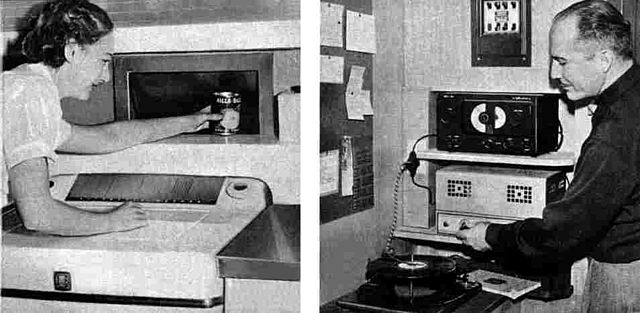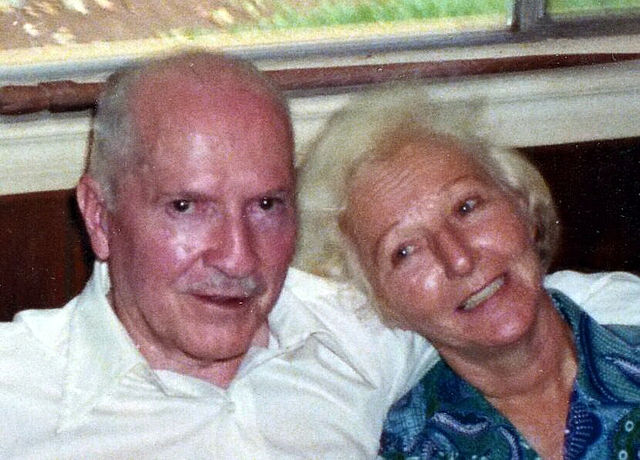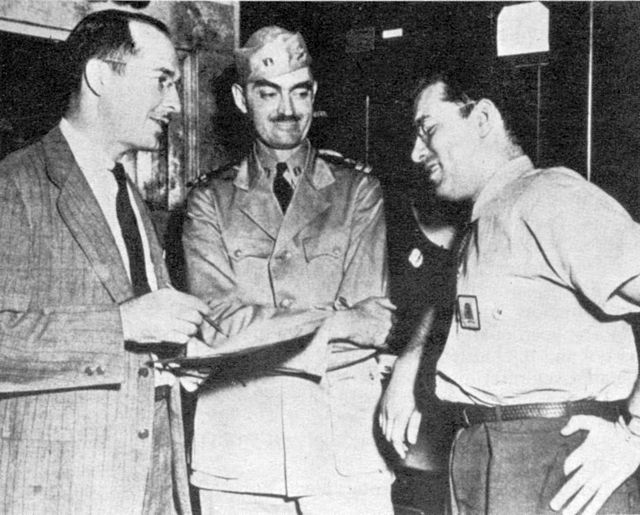Have Space Suit—Will Travel
Have Space Suit—Will Travel is a science fiction novel for young readers by American writer Robert A. Heinlein, originally serialized in The Magazine of Fantasy & Science Fiction and published by Scribner's in hardcover in 1958. The last Heinlein novel to be published by Scribner's, it was nominated for a Hugo Award in 1959 and won the Sequoyah Children's Book Award for 1961. Heinlein's engineering expertise enabled him to add realistic detail; during World War II, he had been a civilian aeronautics engineer at a laboratory which developed pressure suits for use at high altitudes.
Cover art for the hardcover first edition
Robert Anson Heinlein was an American science fiction author, aeronautical engineer, and naval officer. Sometimes called the "dean of science fiction writers", he was among the first to emphasize scientific accuracy in his fiction, and was thus a pioneer of the subgenre of hard science fiction. His published works, both fiction and non-fiction, express admiration for competence and emphasize the value of critical thinking. His plots often posed provocative situations which challenged conventional social mores. His work continues to have an influence on the science-fiction genre, and on modern culture more generally.
Heinlein in 1976
Virginia and Robert Heinlein in a 1952 Popular Mechanics article, titled "A House to Make Life Easy". The Heinleins, both engineers, designed the house for themselves with many innovative features.
Robert and Virginia Heinlein in Tahiti, 1980
Robert A. Heinlein, L. Sprague de Camp, and Isaac Asimov, Philadelphia Navy Yard, 1944





